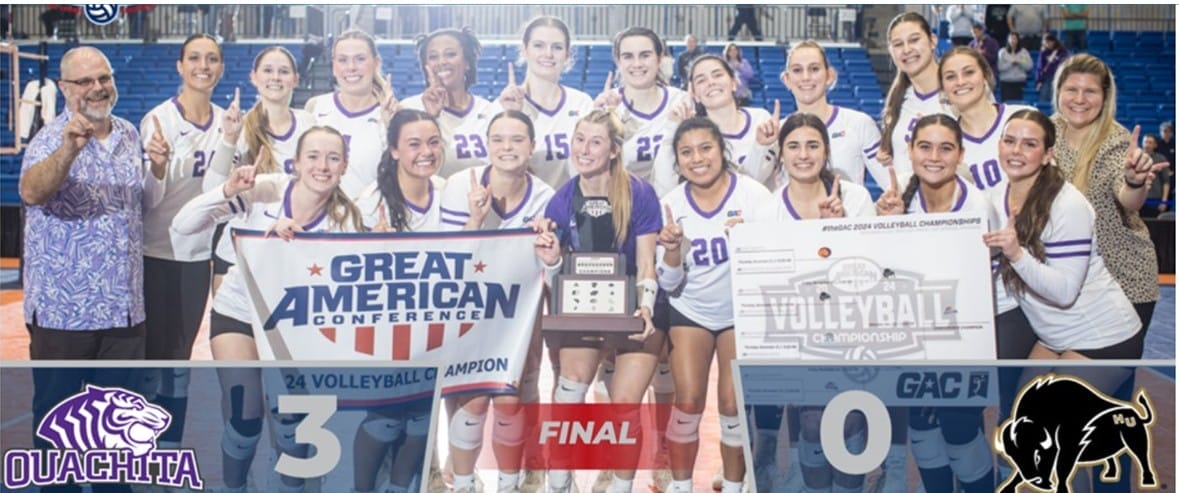

Uh oh...
It appears that you're using a severely outdated version of Safari on Windows. Many features won't work correctly, and functionality can't be guaranteed. Please try viewing this website in Edge, Mozilla, Chrome, or another modern browser. Sorry for any inconvenience this may have caused!
Read More about this safari issue.

In 1856, a dramatic battle was playing out in America, one that didn’t involve the army or war. Instead, riverboat captains and railroad companies fought for their industries as the country expanded. Steamboats had ruled the rivers as chief modes of transportation for over half a century, but railroad tracks were quickly being laid across the continent. The tracks, of course, had to cross rivers, which meant bridges. Steamboat companies were opposed to bridge construction, especially across the Mississippi River, fearing the bridges would inhibit steamboat passage.
Of course, the steamboat industry also feared, and rightly so, that railroad lines would destroy the steamboat business. Enter Abraham Lincoln and the Railroad Bridge Company. The well-known lawyer was hired to defend the bridge company after a steamer struck the newly constructed Rock Island Bridge in Rock Island, Illinois. After a 15 day trial in 1857 where over 100 witnesses were called, Abraham Lincoln ushered the closing argument, where he stated, “one man had as good a right to cross a river as another had to sail up or down it.”
Since that key argument, many bridges have been built across the mighty Mississippi, including six in Arkansas. Two of these Mississippi River Bridges are railroad bridges still benefiting from Lincoln’s argument, although steamboat traffic is no longer an issue. Four more bridges give vehicles access to the state.

Frisco Bridge
The Frisco Bridge was built 25 years after Lincoln’s argument. It was the first bridge built across the Lower Mississippi River south of Saint Louis. Once called, “the Great Bridge,” it connects railroad traffic between Memphis and West Memphis and was the third-longest bridge in the world at the time of its completion in 1892. The bridge is 4,887 feet long and rises to 65 feet above the river, giving it the most clearance of any bridge at the time. The Frisco Bridge helped revolutionize railroad traffic across the Mississippi as the only bridge south of Saint Louis.
Over 50,000 people turned out to see the opening on May 12, 1892, when 18 locomotives crossed as one train to demonstrate the bridge’s strength. The bridge was also built with capacity for pedestrian and buggy traffic, which had to cease when a train approached to cross the river. Though well-built at the time, the bridge began to deteriorate in the 20th century, especially as some locomotives grew heavier. At one point, trains weren’t allowed to go faster than 10 miles per hour over the bridge for fear it would collapse, and stopping and starting on the bridge was prohibited. Fortunately, the Frisco Bridge has undergone many upgrades, the latest coming in 2019. The bridge is still being used by BNSF Railway.

Harahan Bridge
The second railroad bridge to cross the Mississippi in Arkansas is Harahan Bridge, only 200 feet north of Frisco Bridge. Harahan Bridge is a cantilever bridge completed in 1916. It was named for the president of the Illinois Central Railroad, James Theodore Harahan. Harahan was in transit to Memphis to oversee the bridge construction when he was killed in a railroad accident. Harahan Bridge provided another outlet for train crossings and had enough space for wagonways on both sides of the bridge. The wagonways were protected by railings only 3 feet tall and made of wood. In 1930, they were updated to concrete to protect automobile traffic. In 1949, the wagonways were closed, though rail traffic persisted and the bridge is still in use by the Union Pacific Railroad today. In 2016, the refurbished wagonways opened again, this time to bike and pedestrian traffic. The bridge connects Memphis to West Memphis and is the longest bike/foot traffic crossing over the Mississippi River. It allows for stunning views of the river and downtown Memphis. An anonymous donor paid to light the bridge, which is lit with LED lights.
Memphis & Arkansas Bridge
On Dec. 17, 1949, the Memphis & Arkansas Bridge opened. The bridge was the third cantilever through truss bridge built in the city, but this time the traffic would be entirely automobiles, relieving the need for the wagonways on Harahan Bridge. Built north of both Frisco and Harahan, Memphis & Arkansas merges traffic from I-55 and US 61, 64, 70 and 79. The bridge is 5,222 feet long. It was added to the National Register of Historic Places in 2001. It is also referred to as the Memphis-Arkansas Memorial Bridge or “Old Bridge.”

Hernando de Soto Bridge
The “New Bridge” is the Hernando de Soto Bridge, built upstream from the Memphis & Arkansas Bridge. It opened in 1973 after six years of construction. This new bridge was built specifically for traffic from I-40 and is 2 miles north of the “Old Bridge.” It’s a stunning 9,432 feet long. Unlike the previous bridges, it is a double arch bridge, named for the famed Spanish explorer who reached the Mississippi River just south of Memphis on May 8, 1541. The Hernando de Soto Bridge was illuminated in 1986 with sodium vapor lights, which were replaced in 2018 with LED lights. Together with Harahan Bridge, the bridges make up the Mighty Lights nightly show. The two bridges glow and flash with an array of colors at the top and middle of every hour from sundown until 10:30 p.m. every night. The show lasts 10 minutes and between shows, the bridges stay lit with a solid color, sometimes reflecting various causes or current events.

Helena Bridge
Outside of Memphis, only two other bridges span the Mississippi River to connect Arkansas to the state of Mississippi. The Helena Bridge connects Helena, Arkansas to tiny Lula, Mississippi, but more importantly, it is the crossing for U.S. 49, historically an important north-south highway connecting the Mississippi Gulf Coast north to Piggott, Arkansas. The bridge was built in 1961 and is 5,202 feet long and rises 119 feet above the river. With its white trusses, it dominates the skyline. The bridge has endured several barge strikes, including one in 2011, though the Arkansas Highway Department found no damage.

Greenville Bridge
The last bridge to cross the Mississippi River in Arkansas is Greenville Bridge, which connects Refuge, Mississippi to Shives, Arkansas. Greenville Bridge is unique in design to the other Mississippi River bridges. It is a cable-stayed bridge, which has large towers from which cables hang to support the main portion of the bridge. The Greenville Bridge replaced the Benjamin G. Humphreys Bridge, which was built in 1940 but became a hazard to river traffic with its placement near a bend in the river. The Greenville Bridge was completed in 2010, and the older bridge was dismantled. Greenville Bridge is the third-longest cable-stayed bridge in the United States and is the crossing point for US 82.
A lot has changed since Abraham Lincoln made his famous argument to defend the building of Rock Island Bridge, but the bridges built across the Mississippi can all be traced back to Lincoln’s words that “one man had as good a right to cross a river as another had to sail up or down it.”

Photos courtesy of the Library of Congress, Mighty Lights and the Arkansas Department of Parks and Tourism.
Join the Conversation
Leave a Comment
3 responses to “Mississippi River Bridges in Arkansas”
 Leave a Reply
Leave a Reply
We do the work.
You check your email.
Sign up for our weekly e-news.
Get stories sent straight to your inbox!












 Leave a Reply
Leave a Reply
I love this article but I believe the Memphis, Arkansas auto bridge is SOUTH of the 2 railway bridges!
[…] Quote from the source: … […]
[…] Mississippi River Bridges in Arkansas […]